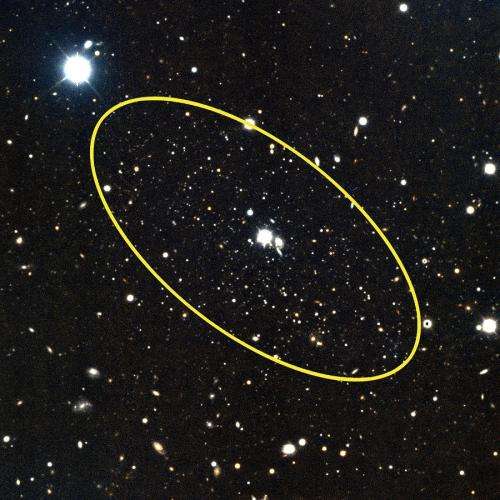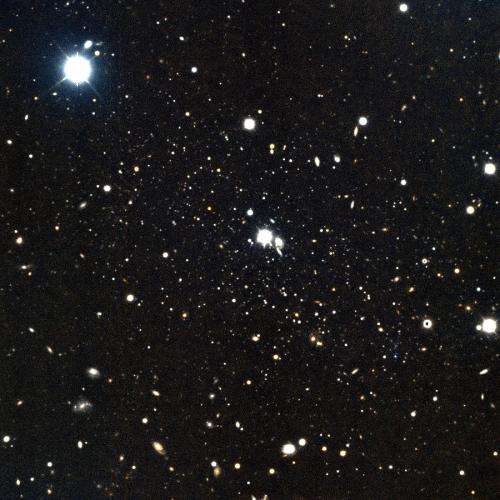Andromeda dwarf galaxies help unravel the mysteries of dark matter

Yep. It’s that time of year again. Time to enjoy the Andromeda Galaxy at almost every observing opportunity. But now, rather than just look at the nearest spiral to the Milky Way and sneaking a peak at satellites M32 and M110, we can think about something more when we peer M31′s way. There’s two newly discovered dwarf galaxies that appear to be companions of Andromeda!
Eric Bell, an associate professor in astronomy, and Colin Slater, an astronomy Ph.D. student, found Andromeda 28 and Andromeda 29 by utilizing the Sloan Digital Sky Survey and a recently developed star counting technique. To back up their observations, the team employed data from the Gemini North Telescope in Hawaii. Located at 1.1 million and 600,000 light-years respectively, Andromeda XXVIII and Andromeda XXIX have the distinction of being the two furthest satellite galaxies ever detected away from the host – M31. Can they be spotted with amateur equipment? Not hardly. This pair comes in about 100,000 fainter than Andromeda itself and can barely be discerned with some of the world’s largest telescopes. They’re so faint, they haven’t even been classified yet.
“With presently available imaging we are unable to determine whether there is ongoing or recent star formation, which prevents us from classifying it as a dwarf spheroidal or a dwarf irregular.” explains Bell.

In their work – published in a recent edition of the edition of the Astrophysical Journal Letters – the team of Bell and Slater explains how they were searching for dwarf galaxies around Andromeda to help them understand how physical matter relates to theoretical dark matter. While we can’t see it, hear it, touch it or smell it, we know it’s there because of its gravitational influence. And when it comes to gravity, many astronomers are convinced that dark matter plays a role in organizing galaxy structure.
“These faint, dwarf, relatively nearby galaxies are a real battleground in trying to understand how dark matter acts at small scales,” Bell said. “The stakes are high.”
Right now, current consensus has all galaxies embedded in surrounding dark matter… and each “bed” of dark matter should have a galaxy. Considering the volume of the Universe, these predictions are pretty much spot on – if we take only large galaxies into account.
“But it seems to break down when we get to smaller galaxies,” Slater said. “The models predict far more dark matter halos than we observe galaxies. We don’t know if it’s because we’re not seeing all of the galaxies or because our predictions are wrong.”
“The exciting answer,” Bell said, “would be that there just aren’t that many dark matter halos.” Bell said. “This is part of the grand effort to test that paradigm.”
Right or wrong… pondering dark matter and dwarf galaxies while observing Andromeda will add a whole new dimension to your observations!
More information: and .
Source:





















